At the end of the fifties in the cities of the Soviet Union began the construction of typical five-story residential buildings. This practical housing is popularly called Khrushchev - in honor of the then Secretary of the CPSU Central Committee. Apartments in such houses were devoid of architectural excesses. Nevertheless, they became the first separate housing for millions of Soviet citizens.
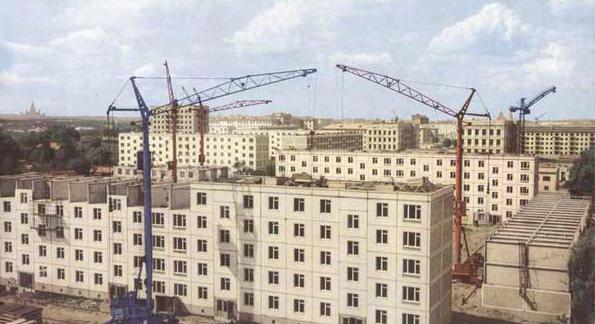
Years passed. Much has changed, and above all, the infrastructure of Moscow. Khrushchev’s ceased to fit into the image of the capital. In addition, housing built under Khrushchev is short-lived. In the mid-nineties, a project was launched to demolish five-story buildings. It is not yet implemented. However, much of what was planned more than 20 years ago by the former mayor of Moscow, nevertheless managed to be implemented.
The first wave of resettlement
In the late eighties, the question of the demolition of five-story buildings was first raised. The list of such houses includes buildings located in the Central, Southeast, Southern, Northern districts of Moscow, as well as Zelenograd. In total, more than 1,700 buildings, according to the Luzhkov project, expected the fate of faceless barracks located once in many areas of the Soviet capital.
In 1988, four residential buildings were actually dismantled. However, the demolition of five-story buildings in Moscow did not become widespread. Moreover, every year more and more residents of the capital complained about the impossibility of living in dilapidated housing. In 1993, the first resettlement to new homes took place. But in the city budget, the costs of the reconstruction of the quarters were not included. Therefore, the city authorities involved the construction company Conti in the project.
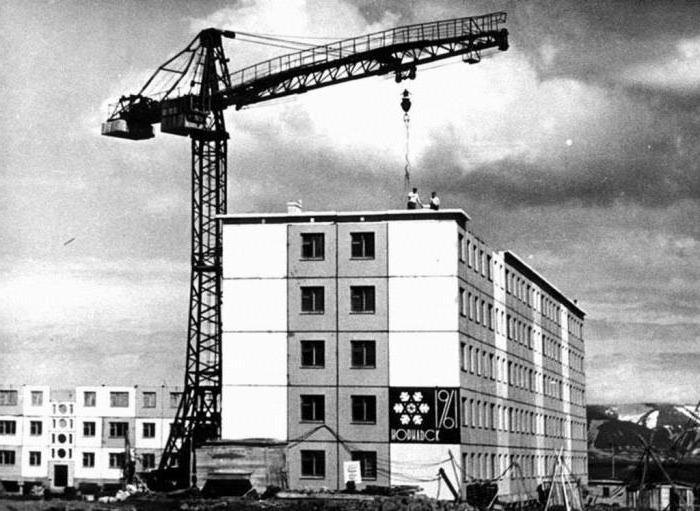
Registration of residents in dilapidated houses
Resettlement of residents, of course, was based not only on their complaints. A mandatory examination was conducted to confirm the inappropriateness of the repair work.
Muscovites, as you know, are smart in housing matters. So, residents of several houses in the Fili-Davydkovo district during the construction of a new 17-storey building, in which they were supposed to move, managed to register numerous relatives in their apartments. Thus, the population of five-story buildings increased several times. The new house was not enough for the resettlement of residents. Since then, it is forbidden to register new residents in the house to be demolished.
In 1995, a comprehensive reconstruction of the districts was planned for the next five years. But a few years later a crisis struck, against which the implementation of the city program could not become widespread.
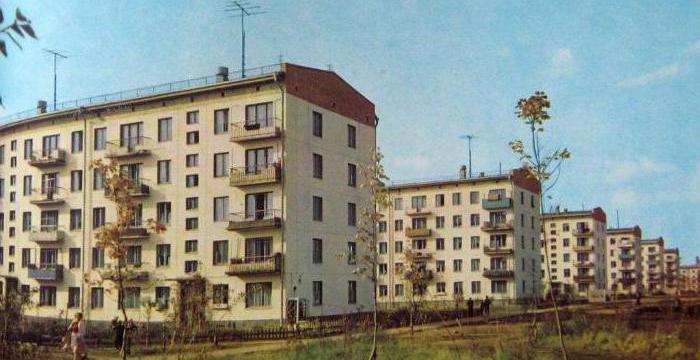
Five-story classification
Demolition of five-story buildings is a complex process that cannot be carried out for several years. The program involves a phased resettlement of residents, based on the classification of dilapidated residential buildings.
Not all Khrushchevs fall into the project for the demolition of five-story buildings. Houses of the I-515, I-510, I-511 series can still serve for many years. K-7, II-32, 1MG-300, II-35, 1605-AM - five-story buildings, the demolition of which, according to the project, should be carried out in the first place. These include houses, which make up a third of the panel buildings in Moscow. This is about 6 million square meters of living space.
The five-story buildings of these series have thin external walls made of ribbed expanded clay concrete. Such a material, in turn, has low heat-shielding properties. Reconstruction of houses built using expanded clay concrete is not economically feasible.
K-7 series houses
In terms of the demolition of five-story buildings, the construction of this series occupy one of the first positions. The houses were built in the 60s according to the project of Lagutenko. As a rule, in such Khrushchevs on each floor there are three apartments.Ceiling height - two and a half meters. External walls have a thickness of 400 mm, made of slag ceramsite concrete blocks. In the houses of this series, one-, two- and three-room apartments. But there are exceptions. For example, in the oldest neighborhoods of Zelenograd in the 60s five-story houses of the K-7 series arose, in which there were four-room apartments.
In the nineties, the authorities decided to demolish such five-story buildings. But the process dragged on for more than two decades. In 2012, there were about two hundred buildings in this series in Moscow. Most of them are located in the Northern and North-Eastern districts.
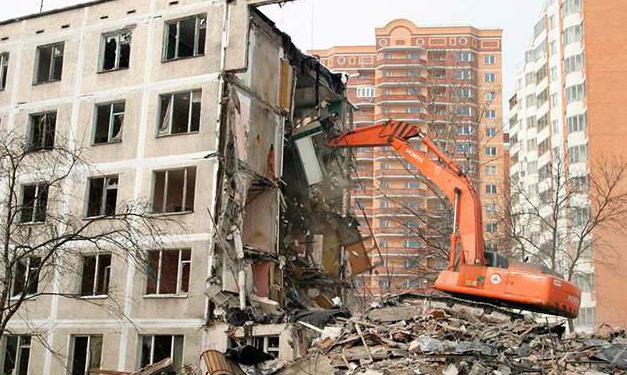
II-32 Series Homes
85% of such buildings have already been demolished. The houses in this series are five-story panel multi-sectional houses. A distinctive feature - balconies, which are based on props, originating from the foundation.
1605-AM Series Homes
These are standard panel residential buildings developed by the TsNIIEP Institute. The first house of this series was erected in 1958. The latter is in the mid-eighties. Several similar five-story buildings were demolished in the north-west of Moscow. Namely: on the streets of Kubinka, Ilyinskaya, Malaya Filevskaya and on Slavyanskiy Boulevard.
The demolition of five-story buildings in Moscow has become part of the Luzhkov election campaign. By the middle of the two thousandth, the resettlement of tenants reached the planned targets. In 2006, about six hundred five-story buildings were demolished.
The question of the speedy implementation of the project on the demolition of dilapidated houses became ever more acute with the passage of time. Dismantling the old house is difficult, but much easier than providing Muscovites with new housing. Due to instability in the economy, the construction of many facilities was frozen. For the first time - in the late nineties, then in 2008. The latest crisis also had a significant impact on the process of implementing the plan for the demolition of five-story buildings in Moscow.
70% of the project is completed. In 2008, more than 1,000 five-story buildings were demolished. True, investments in new housing construction were soon reduced. And with the advent of the new mayor, the completion of the program began to regularly shift to a later date.
Nevertheless, by the beginning of 2017, the five-story houses included in the program were completely demolished in the Southern, Central, Southeast, and Northern administrative districts. By 2018, it is planned to complete the project.
In February 2017, the Moscow City Duma discussed the demolition of houses of the series 1-447, 1-511, 1-510, 1-515. Around the same time, the President of Russia instructed the Mayor of Moscow to continue the process of resettlement of residents of panel houses. Sergei Sobyanin, in turn, announced the creation of a new project.
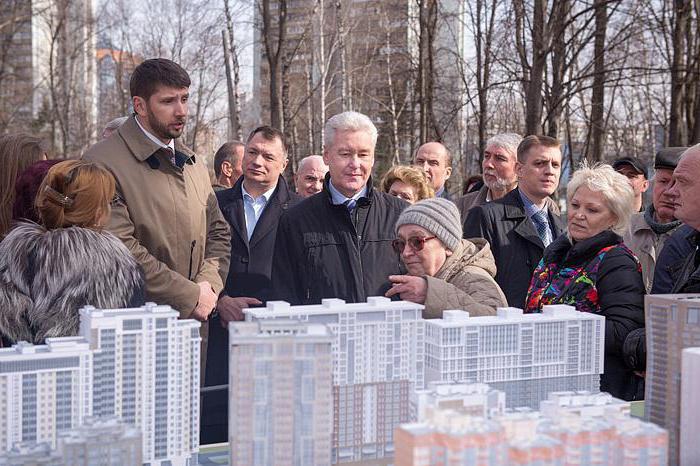
New program
This project is aimed at the demolition of a dilapidated housing stock, built in 1957-1968. The program, of course, includes the construction of new houses in the liberated territory. It should be implemented, according to the plan, within 15 years. The program included about 4,000 dilapidated houses, a list of which was compiled taking into account the results of the vote by residents of the capital.
The project involves the demolition of unbearable five-story buildings. That is, old buildings that were not part of the Luzhkov program. The current mayor claims that the city budget at the moment allows you to resettle residents of more durable Khrushchev.
There is an opinion that the mayor’s desire to prevent the redistribution of capital budget revenues in favor of the regions, which was planned for 2018, was a prerequisite for such a rapid start to the new program. One way or another, the bill was passed in late April. Two months later, signed by the President of the Russian Federation.
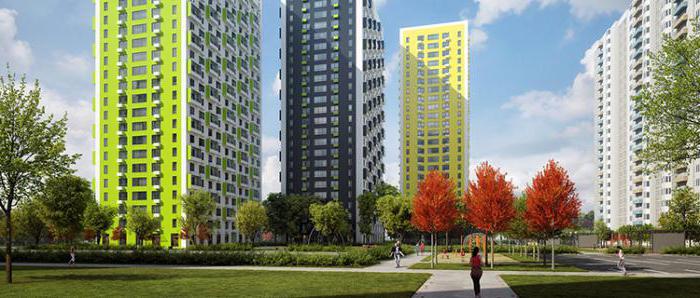
Demolished houses (new project)
Initially, the program included more than 7,000 homes. That is, one and a half million Muscovites should be relocated. Two months later, buildings in forty districts of the capital were excluded from the list. These include houses located in the working quarters of the twenties and thirties.
In early May, the mayor's office proposed 4,500 houses for demolition. But, as already mentioned, residents of the five-story buildings included in the program also take part in the implementation of the new project.Muscovites were able to cast their ballots thanks to specially developed Internet applications, while the identity of each of them was confirmed by the SNILS number and other data. Against the inhabitants of more than four hundred Khrushchev. Residents of about 4,000 houses supported the renovation.
Nine-storey panel houses were not included in the preliminary list. However, the mayor noted that the demolition of such buildings in the future may also be considered. But only if they are in a dilapidated state. Demolition can only be done with the consent of the residents.
In fact, we, as the waiting list, were given in Kuntsevo a family of several people with the right to an additional area and a separate isolated room for a disabled person suffering from bronchial asthma with DN 2 st, they gave a room the size of 39.3 without rooms, while the department wrote in a proposal that 1 bedroom apartment measuring 40.3 sq. Meters.
At the same time, there are no spouses in the family and the living rooms must be separate and, according to the law, a two-room apartment 54 meters in size is already laid for two. Plus the right to additional space, as the disease is on the list.
But the department doesn't give a damn. But the promise and law to resettle in our area are forgotten.
The room is located in a house built more than two years ago, but is still not inhabited.
Between the metro Kuntsevskaya and the youth, all the shops, schools, the metro, the polyclinic are the only transportation that can not wait. Former industrial zone and military unit.